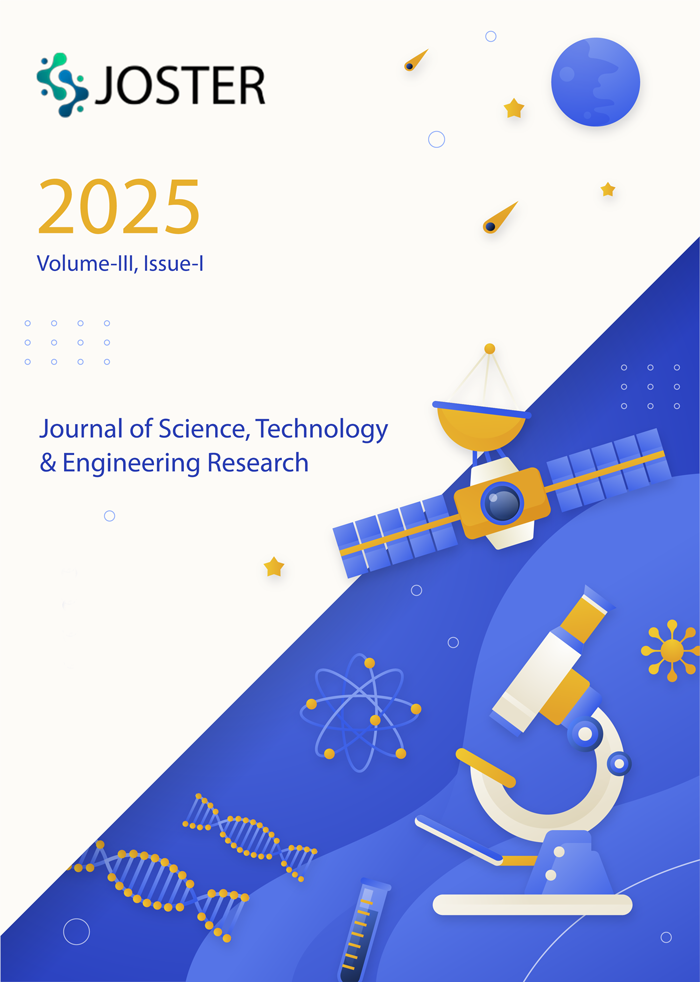Autonomous Robotic Systems in E-commerce Warehousing: A Machine-Learning Optimization Approach
Keywords:
quantum-inspired algorithms, collaborative robots, e-commerce, control systems, explainable AI, machine learning, human–robot interactionAbstract
E-commerce fulfilment has become a driving force behind recent advances in autonomous robotic systems for warehouses. Modern fulfilment centres combine heterogeneous fleets of autonomous mobile robots (AMRs), robotic manipulators, sensor networks, and digital-twin simulations, coordinated by increasingly sophisticated machine learning (ML) controllers to meet strict service, cost, and safety requirements. This article provides a comprehensive, research-ready treatment of ML-based optimization for autonomous robotic systems in e-commerce warehousing. We synthesize the state of the art across perception, motion planning, fleet coordination, order batching and sequencing, scheduling, energy management, and real-time adaptation with emphasis on reinforcement learning (single-agent and multi-agent), graph neural networks for structured decision making, and explainable AI for safety and trust. We present precise problem formulations, propose a modular hierarchical ML architecture (manager–worker + GNN state encoding + TinyML edge inference), detail learning objectives and loss functions, and outline rigorous experimental protocols using established simulation benchmarks (RWARE / TA-RWARE) and industrial emulators (Dematic, digital twins). Finally, we discuss safety, standards compliance (ISO 10218 / ISO/TS 15066), deployment pathways, evaluation metrics, limitations, and future research directions. Key claims about industrial relevance and technical results are grounded in contemporary literature and industrial examples.
Downloads
Published
Issue
Section
License
Copyright (c) 2025 Robotics, Autonomous, Machine Learning, and Artificial intelligence Journal

This work is licensed under a Creative Commons Attribution 4.0 International License.

